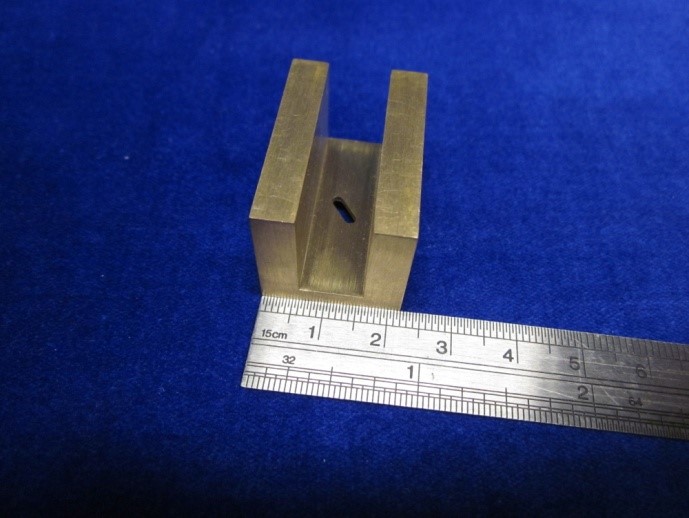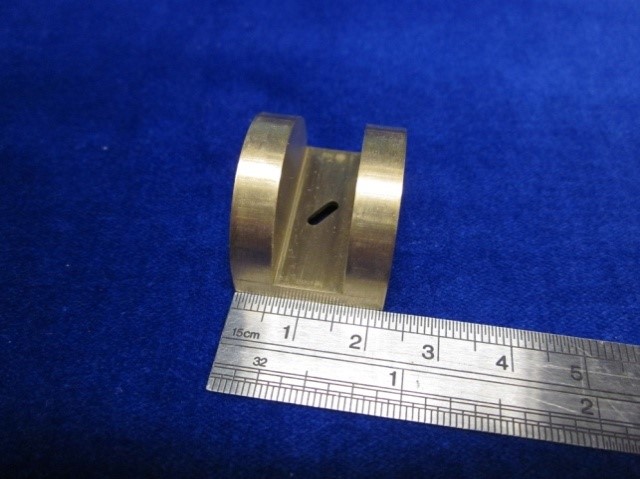
Fig.1 Photograph of rectangular PP Antenna (Left) and semicircular CP PP antenna (Right) excluding the WTCA part.
Opportunity
Circularly polarized (CP) antennas are preferable in complex wireless communication systems. Broad-beam or low-gain CP antennas are widely used. However, MPA (microstrip patch antenna) and DRA (dielectric resonator antenna) at millimeter wave (mmWave) frequencies or frequency bands have drawbacks. For MPA, its radiation efficiency may be significantly reduced at mmWave frequencies due to the surface-wave, metallic, and dielectric losses. For DRA, this reduced efficiency problem is less severe, but DRA at mmWave frequencies can be too small to be fabricated precisely at low cost. In fact, many existing circularly polarized broad-beam antennas in the mmWave band are either complex hence expensive to make or has suboptimal performance perspective (such as low efficiency).
This invention presents a CP broad-beam parallel-plate (PP) antenna which will balance the radiation efficiency and ease of fabrication. As a result, a simpler structure with easier design parameters are obtained. The invention can be used in wireless communication systems to improve quality of service by providing reliable wireless links in a complex electromagnetic environment such as 5G. Also it can be integrated into an antenna array.
Technology
An antenna including an antenna element and a feed is provided. The antenna element includes a ground plane with a slot and a pair of parallel plates (PP) connected to the ground plane perpendicularly. The antenna also includes a slot feed for exciting a circularly polarized (CP) signal for radiation. The feed is arranged to feed the slot so as to create a phase difference between orthogonal modes of operation at the working frequency for generation of the CP signal. The difference between the phase velocities of two PP orthogonal modes is used to obtain CP fields. An inclined slot fabricated on the ground plane that connects the two parallel plates excites the two orthogonal modes. By tuning the slot length, the impedance can be matched easily. To reduce the cross-polarized fields, a modified CP PP antenna with semicircular plates is also introduced. As compared with other broad-beam antennas, the two PP antennas have simpler and larger structures, easing their fabrications especially at millimeter-wave frequencies.
Advantages
-
This invention is simple in structure and easy to design, since the impedance matching and axial ratio can be tuned separately.
-
The radiation characteristics are stable across a wide bandwidth.
-
Only metal is used and therefore it is very robust.
-
As the polarizer structures are symmetrical, the radiation patterns are also symmetrical and undesirable cross polarization components are low.
Applications
- The invention can be used in wireless communication systems to improve quality of service by providing reliable wireless links in a complex electromagnetic environment.
- It can also be adapted at the terminal end of a wireless communication system, especially for the 5G mmWave devices.
- 769It can be integrated into an antenna array because broad beams can be obtained.





